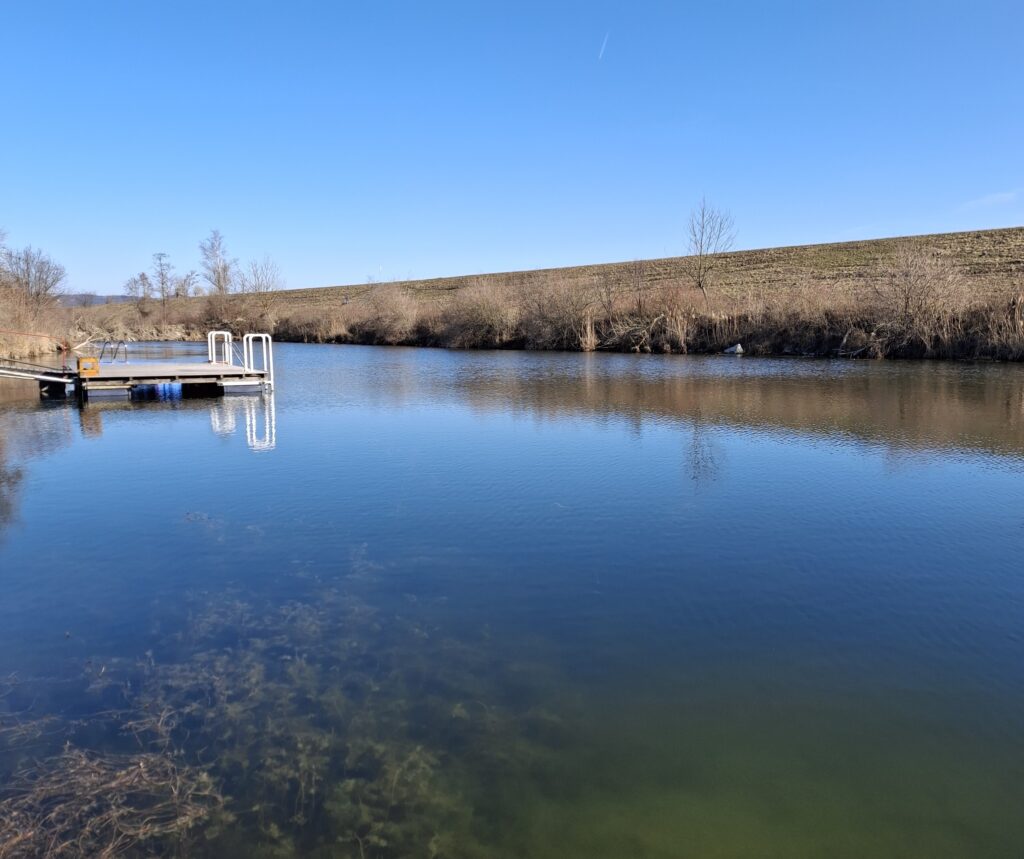
Ein ganzer Tag Hula und Hawaii-Feeling
Am 7. September findet der erste Hula-Intensiv-Tag statt. Treffpunkt ist um 10 Uhr bei meiner Hütte. Wir werden am Vormittag auf einer großen Wiese mit ausreichend Platz mit dem Erlernen einer anspruchsvollen Hula-Choreografie beginnen „Wahine Ilikea“ und danach gemütlich miteinander Mittagessen. Zwischen 12 und 14 Uhr ist Mittagsruhe vorgeschrieben. Wer möchte, kann zwischendurch in der Bäckerlacke schwimmen gehen. Achtung: FKK-Gebiet, Verbot von Badebekleidung beim Teich. Sommerkleidung und Hula-Röcke sind natürlich in Ordnung.
Falls du etwas für unser gemeinsames Mittagessen mitbringen möchtest, bitte nur vegane oder vegetarische Kleinigkeiten. Ich werde ausreichend zu essen vorbereiten.
Zwischen 14 und 18 Uhr werden wir die Choreografie fertig erarbeiten und, falls noch Zeit bleibt, eine Reihe bereits erlernter Choreografien nach euren Wünschen wiederholen. Bitte gib mir rechtzeitig vorher Bescheid, falls du spezielle Choreos wiederholen möchtest.

Zwischendurch bleibt genug Zeit, um uns über die hawaiische Kultur, den Hula-Tanz und dergleichen zu unterhalten. Ich werde auch einige Bücher, inkl. das Fotobuch von meiner letzten Hawaii-Reise 2018 mitbringen. Abschließend können wir noch eine Kleinigkeit miteinander essen.
Bitte melde dich bei Interesse zeitgerecht bei mir!
Die genaue Wegbeschreibung findest du hier.
